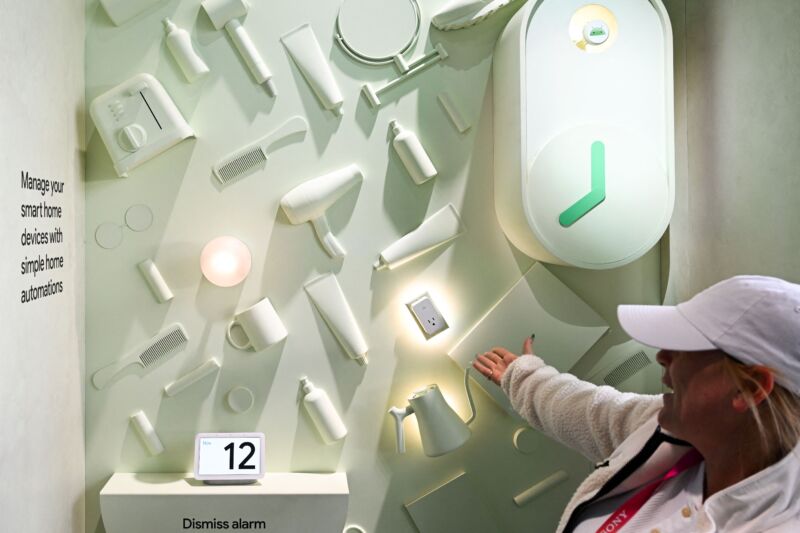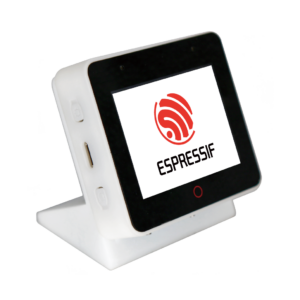
Big Tech voice assistants are struggling. Alexa is Amazon’s biggest money-loser, Apple’s Siri is mired in organizational dysfunction and cautiousness, and Google is leaning hard into every kind of AI except its own Assistant. The open source, privacy-minded Home Assistant, with perfect timing, aims to step into the void with a local-only voice assistant.

There’s one big problem: Home Assistant doesn’t yet offer any hardware you can buy and put on your kitchen counter. That’s the gap a curious new project, Willow, aims to fill. It’s a project to utilize a specific set of hardware: ESP-32-BOX devices, which provide a basic hardware shell around ESP32 SoCs. Once flashed with Willow, they can work as locally controlled voice assistants and, eventually, great and easy access points for Home Assistant.
They’re not going to win design awards, but they look a lot nicer on a kitchen counter or desktop than a bare Raspberry Pi with a microphone HAT on, or repurposed gaming or teleconference hardware.
In a “Show Hacker News” thread, Willow creator Kristian Kielhofner writes that he wanted to jump-start Home Assistant’s voice ambitions by providing ready-to-go hardware. He lays out his pitch for helping develop his first (“and VERY early”) release: It’s cheap ($50 or less), easily flashed, self-hosted or entirely on-device, open source, and extensible by software or GPIO pins. The voice detection is accurate and reliable, and Kielhofner put up a demo video.
Most of all, Kielhofner writes, it’s “ready for the kitchen counter.” ESP-32 boxes can be had for about $50 with a stand or $35 in mount-friendly “Lite” configurations from Amazon, Adafruit, Ali Express, Mouser, Pi Hut, and other vendors.
Kielhofner has received rapid, constructive feedback on his project from Home Assistant’s founder, Paulus Schoutsen. Besides advising the use of newer APIs, and suggesting the offloading of speech/text conversion to Home Assistant itself, Schoutsen, like others, looked at Willow’s “Getting Started” section and wondered how many people were ready to clone, containerize, install, config, build, connect, flash, then monitor a serial port to get their own voice assistant. “You will see a lot higher adoption rate if users can just buy the ESP BOX and install the software on it without installing/compiling stuff.”
The Willow founder responded, noted his decade-long appreciation for Home Assistant, and noted that a much easier install process and other improvements were coming. He also tried to clarify his ambitions for Willow.
“[O]ur goal is to be the best hardware voice interface in the world (open source or otherwise) that happens to work very well with Home Assistant,” Kielhofner writes. “Our goal is not to be a Home Assistant Voice Assistant. I hope that distinction makes at least a little sense.” He notes that offering privacy-minded voice assistance, such as in medical settings, is a potential revenue stream for Willow outside of its home use.
It’s hard to compete with the huge install base that three of the world’s largest companies have with their own voice assistants. But a piece of affordable, DIY-minded hardware, made better and even more affordable over generations, can make an impact and find its audience. Just ask that British fruit company.
Listing image by Espressif
https://arstechnica.com/?p=1939388

